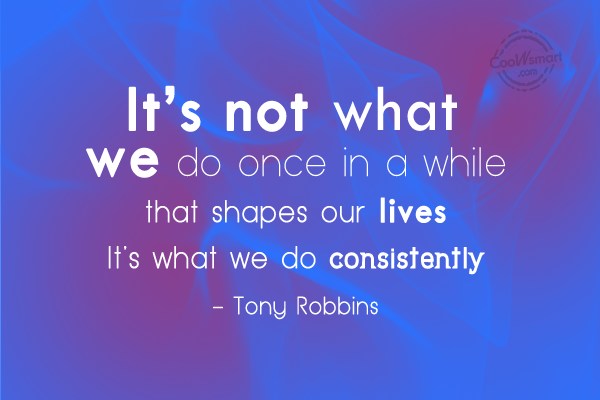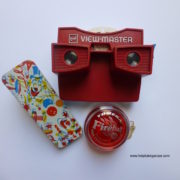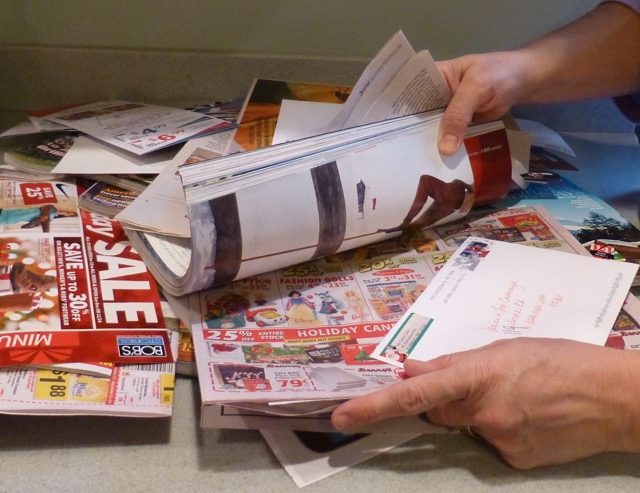Pocketbook Editing
 How often do you go through your pocketbook and get rid of all that can be tossed? Do you wait until you find yourself sifting through a crumpled mess of old receipts and candy wrappers? Do you hold off until your arm gets sore from hefting all that loose change that’s fallen to the bottom of your bag? Or, do you simply switch your wallet and cell phone to a different pocketbook when the mess gets too cumbersome to deal with?
How often do you go through your pocketbook and get rid of all that can be tossed? Do you wait until you find yourself sifting through a crumpled mess of old receipts and candy wrappers? Do you hold off until your arm gets sore from hefting all that loose change that’s fallen to the bottom of your bag? Or, do you simply switch your wallet and cell phone to a different pocketbook when the mess gets too cumbersome to deal with?
What about the kid’s backpacks? How often do you sort through those? What about the fridge, medicine cabinet, or pantry? What about your closet, dresser, or nightstand? I’m not going to mention mail, files, coupons, recipes, or other paper. That’s a whole new topic.
Taking time to sort through and get rid of stuff helps us stay organized. By editing the contents of our pocketbooks (and all those other areas mentioned or not mentioned) we perform an important step in the organizing process, the discard and remove step. By removing what is not wanted, needed, or used, we’re able to spend less time searching for stuff. We’re also able to easily notice when something needs to be replaced, mended, or renewed.
One important factor to consider is the frequency in which we edit. If it takes a week for those receipts to become a crumpled mess, then weekly edits need to take place. If not the mess becomes very frustrating. To help reduce our stress with a disorganized, overstuffed pocketbook (or other area) timely edits are necessary. What would you consider timely? Once a week? Every other week? Once a month?
Whatever time frame you use, consistency in editing is another important factor. Creating the habit of going through your pocketbook every week (or whatever time frame you use) helps you stay organized. It also helps reduce your stress and frustration, and helps your ability to find what you want when you need it. Worthwhile benefits. Wouldn’t you agree?
©July 2017 Janine Cavanaugh, Certified Professional Organizer® All Rights Reserved




 Do you have a plan for getting rid of stuff? If you did, would you get rid of more stuff? I have found that having a plan for getting rid of stuff helps me keep control of all the things I bring into my space. I call this plan an exit strategy, and it helps me stay organized. It can help you too. An exit strategy is the steps taken to remove material possessions from our spaces that are no longer needed, used, appreciated, or cherished. The end result of an exit strategy is that a particular item is gone from our space, and we no longer need to do something with it or think about it.
Do you have a plan for getting rid of stuff? If you did, would you get rid of more stuff? I have found that having a plan for getting rid of stuff helps me keep control of all the things I bring into my space. I call this plan an exit strategy, and it helps me stay organized. It can help you too. An exit strategy is the steps taken to remove material possessions from our spaces that are no longer needed, used, appreciated, or cherished. The end result of an exit strategy is that a particular item is gone from our space, and we no longer need to do something with it or think about it. Receive invitation. RSVP to invitation. Put details of invitation on
Receive invitation. RSVP to invitation. Put details of invitation on  Acquire toy. Play with toy. If toy breaks or pieces go missing, fix or replace pieces within 3 months or get rid of it. Donate or sell toy within 1-3 years if it’s no longer being used. A wonderful place to donate small toys is
Acquire toy. Play with toy. If toy breaks or pieces go missing, fix or replace pieces within 3 months or get rid of it. Donate or sell toy within 1-3 years if it’s no longer being used. A wonderful place to donate small toys is  Receive coupons. Immediately recycle any coupons you know you won’t use. Store the rest of the coupons in a specific location until they can be used. Two storage options for coupons are in a basket on the refrigerator, or in a zip lock bag in your purse. Sort through coupons on the first of every month and recycle all the outdated ones.
Receive coupons. Immediately recycle any coupons you know you won’t use. Store the rest of the coupons in a specific location until they can be used. Two storage options for coupons are in a basket on the refrigerator, or in a zip lock bag in your purse. Sort through coupons on the first of every month and recycle all the outdated ones. Acquire electronic device. Use electronic device. If electronic device breaks or pieces go missing, fix or replace pieces within 3 months or get rid of it. Donate, sell, or recycle electronic device within 1-3 years if it’s no longer being used. (Want
Acquire electronic device. Use electronic device. If electronic device breaks or pieces go missing, fix or replace pieces within 3 months or get rid of it. Donate, sell, or recycle electronic device within 1-3 years if it’s no longer being used. (Want  Acquire kitchen gadget. Use kitchen gadget. If kitchen gadget breaks or pieces go missing, fix or replace pieces within 3 months or get rid of it. Donate, sell, or recycle kitchen gadget within 1-3 years if it’s no longer being used. (Want ideas on how to
Acquire kitchen gadget. Use kitchen gadget. If kitchen gadget breaks or pieces go missing, fix or replace pieces within 3 months or get rid of it. Donate, sell, or recycle kitchen gadget within 1-3 years if it’s no longer being used. (Want ideas on how to 
 The world is full of useful things, but if you’re not using them, they are not useful to you. So, remove all those things that are not useful to you, by
The world is full of useful things, but if you’re not using them, they are not useful to you. So, remove all those things that are not useful to you, by 



Follow Me